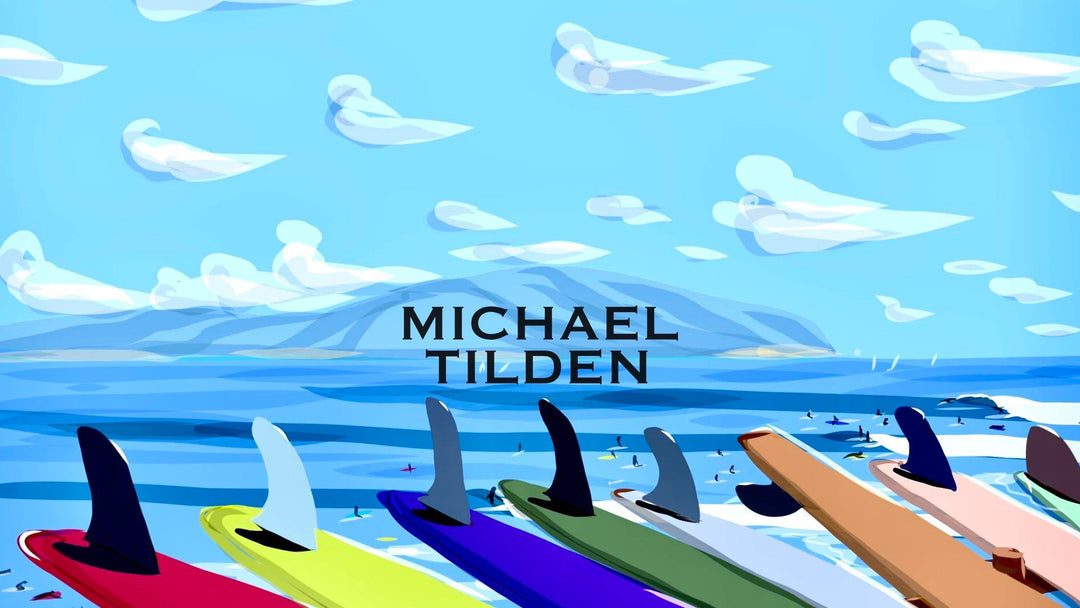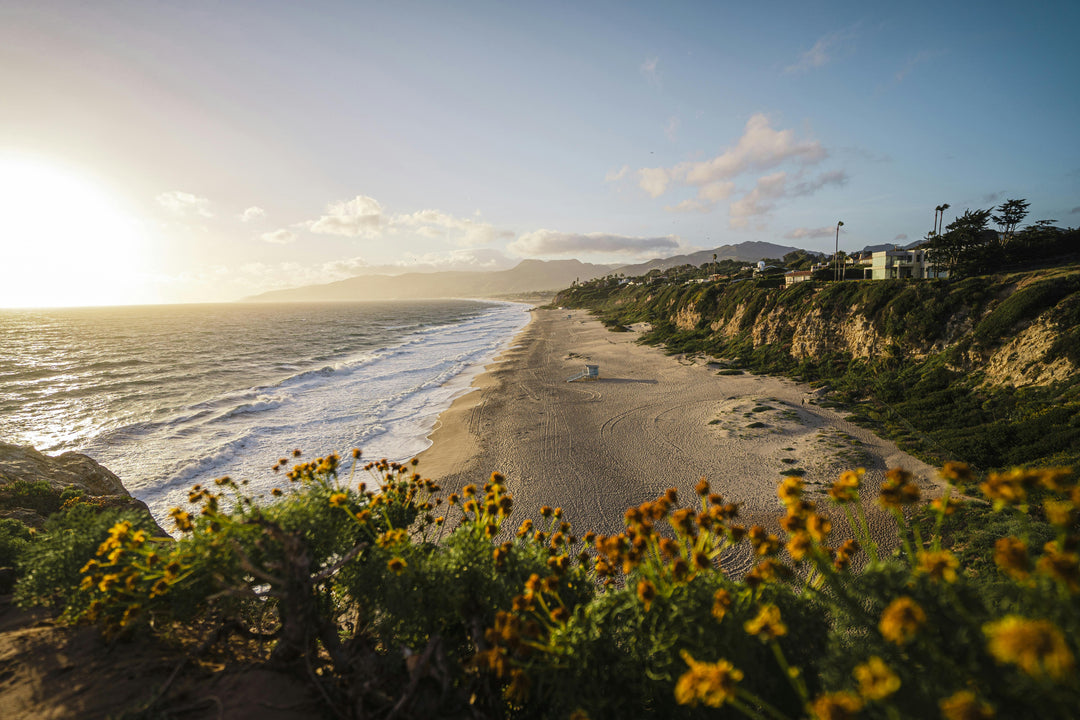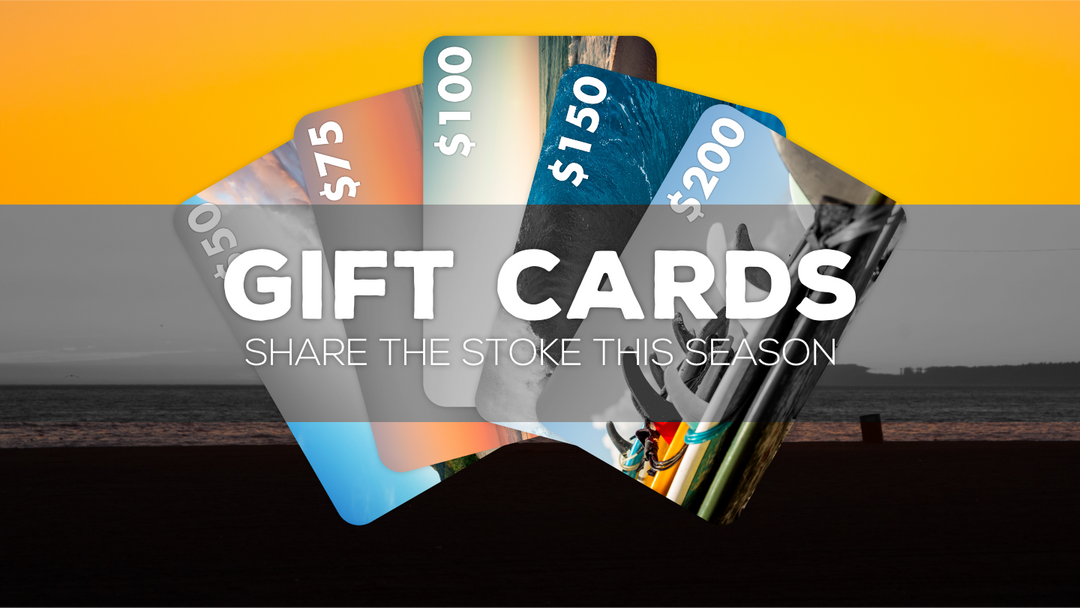HISTORY OF IRELAND SURFING
When you think of Ireland, surfing may not be the first thing to come to mind, but in keeping with the St. Patrick’s Day theme, I thought I would do a little digging into the roots of surfing in Ireland, the Emerald Isle.

Geographically, Ireland is a relatively small country, about the size of Indiana. But because it’s an island with so many bays, inlets and coves, Ireland has 1,970 miles of coastline which is only a couple hundred miles less than that of California and Florida combined. Also, Ireland’s climate and water temperatures are moderated by the North Atlantic drift – a warm current in the Atlantic Ocean that originates in the Gulf of Mexico and flows up the east coast of the U.S – before turning toward northwestern Europe. This keeps water temperatures hovering around 48 degrees during winter and 60 degrees in mid-summer…not all that different from here on the central coast of California!

Popular in the late ‘30s and early ‘40s, paipo boards represented the first form of surfing to appear in Ireland. Then in 1949, a 14-year-old kid named Joe Roddy supposedly paddled out on his 12-foot, homemade hollow board near Dundalk, Ireland – marking the unofficial introduction of surfing to Ireland.

However, a guy named Kevin Cavey (who is now 82) is credited with popularizing surfing in Ireland almost single-handedly. It began in 1962, when Cavey saw a picture of a Hawaiian surfer in a Reader’s Digest story about surfing. At the time, he was an active paipo boarder around Bray, a town just south of Dublin, and the image of stand-up surfing inspired him to send away for a balsa surfboard kit. In 1965, after surf trips to California and Hawaii, he established the Bray Ireland Surf Club; the next year, he was invited to become Ireland’s first representative at the 1966 World Surfing Championships in San Diego. Then in 1967, Cavey won the inaugural Irish National Surfing Championship. In 1969, Ireland sent a surf team to the first-ever European Surfing Championships, and went on to host the event in 1972, 1985 and 1997.

By 1970, there were an estimated 400 surfers and 5 surf clubs in Ireland. Together, those clubs formed the Irish Surfing Association (ISA). The ISA is the governing body for Irish competitive surfing, and is deeply involved in developing surf clubs, surf school regulation, instructor training and protecting the surf environment. Today, surfing in Ireland continues to grow, with some 66 surf clubs and 55 surf schools scattered throughout the coastal communities of the Emerald Isle. Thousands of Irish surfers are riding local waves at Ireland’s many surf spots, from Bundoran in County Donegal to Dingle in County Kerry. Surfing in Ireland is alive and well!
Until next time,
Ted









